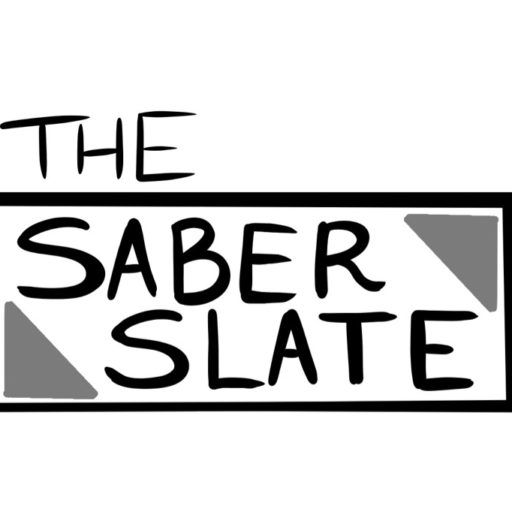Submitted by Kaitlyn Phun
“If it’s too good to be true, it’s probably because it is.”
In a modern society like ours, we like to purchase clothes and other items from large, well-known and designer brands or prefer to have them over cheap items from department stores for numerous reasons. We want to appear to have good taste, to adorn the “rich” or “fashionable” look in front of others, or simply because it’s nice to have nice things. Don’t get me wrong, all these things are great and I do not disagree with them, it’s just the fact that all designer brands and companies sell their goods at very high prices.
A single garment from a designer brand can cost hundreds of dollars. That’s the #1 reason why people choose not to purchase said garment, seeing that it’s either a waste of money or because it’s hard to afford it. What do we do if designer brands are too expensive but we still want to obtain the same effect of having the designer things? We purchase the counterfeit versions.
Counterfeit goods are knock-off versions of items from brands names with the impression of being the real deal, except for the part where counterfeit goods are way cheaper since they are knock-offs. But why do some people tend to buy counterfeit goods instead of buying the real thing if they are fake? Since we live in a world with advanced technology, it is nearly impossible to tell the difference between the fake version and the real thing. That means that anyone who lays their eyes on it will automatically think that the counterfeit is the actual designer good without hesitation.
The same concept can be applied for other things too, like electronics or even things like money and medication. There could be faulty batteries in fake iPhones or medication that lies about its contents and can potentially harm the consumer. In the consumers’ case, it’s a win-win (minus the last two cases). But that is actually false because purchasing counterfeit goods is actually causing more harm than it is doing good. One reason is inflation, where it decreases the worth of the genuine items and goods. This term is mostly applied to counterfeit money, when people copy money illegally. This decreases the worth of the U.S. dollar but it can also be applied to counterfeit goods. It actually creates a chain reaction or domino effect.
Think about it: when people continue to purchase counterfeits for a lower price, the more they will be created. If they are sold for a low price, more and more will be bought by more people. The more people who own “designer” goods, the more common they will become. Soon, the “brand” will be extremely well-known and there will no longer be a demand for it. It would eventually put these companies out of business, thus hurting the economy.
It has been estimated that 7% of the world trade in 2015 were counterfeits and the number is continuing to grow. More than 750,000 jobs were lost because of the decrease in business because counterfeit goods keep deceiving.
Now, let’s talk about ways to prevent this. The best way to do this is to only purchase items from the actual store website or even better at the store in person. Stay away from sketchy and non-official websites because those are more likely to scam you. Yes, they will make you pay full price for a designer bag but will give you a fake one instead, tricking you into thinking that it’s the right one.
Sometimes, it can be as easy as looking at the quality of the item overall or as absurd as it sounds, look at the stitching since stitching is a big indicator as to whether the item is legit or not. But besides that, it’s fairly easy most of the time to tell the difference between the two. We would want to keep these brands and companies special and designer so they will continue to withstand in the future. As long as we only purchase from the actual stores and websites, we can wipe the existence of counterfeits as a whole.

interesting. nice job! 🙂